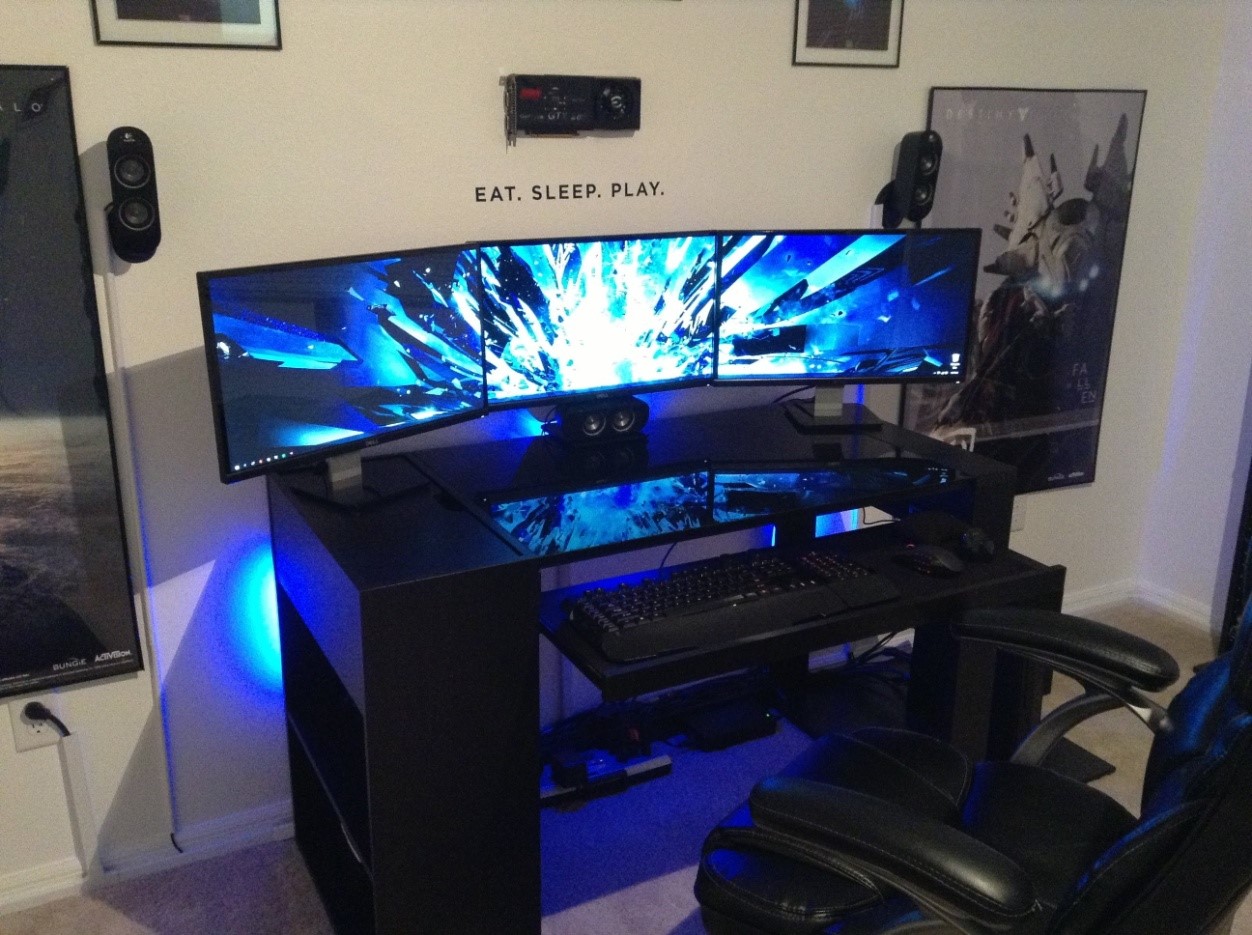
Your motherboard as an integral part of your gaming PC. It act’s as your PC’s central hub of communications, where all of the hardware and components connect and communicate with one another. Your motherboard actually has it’s own software that it runs, known as the BIOS (Basic Input/Output System). The BIOS plays a vital role in your system. Think of it as an embedded operating system that can be used to perform the essential functions of your PC, like system start up, hardware initialization and configuration. Keep the BIOS updated can ensure maximum compatibility and stability on your system.
Upgrading your BIOS is actually a quick and simple task. It may be intimidating if you haven’t done any software upgrade or feel unfamiliar with this stuff, but we promise it’s a relatively straightforward task.
To help you get on with the task, here’s a quick and easy guide on how to update BIOS in your gaming PC.
What is a BIOS?
To start, BIOS stands for Basic Input Output System. It is firmware found in a small chip on the motherboard. It is designed to manage and keep things in order like the boot process, the RAM amount, and the CPU frequency. Due to BIOS, the motherboard becomes the component responsible for managing basic instructions to enable your PC to boot into its operating system.
Aside from running your operating system, the BIOS also enables you to run the POST or the Power On Self Test. This is a diagnostic testing sequence that the BIOS runs to ensure that all the installed hardware and connected devices are working properly.
With such an essential role in your system, you need to ensure that your BIOS is always up-to-date.
The Importance of Updating Your BIOS
If you haven’t updated your BIOS for a long time, considering upgrading your BIOS is highly important. It can fix critical issues and security patches to help protect all of your hardware from any malware intervention. Updating your BIOS includes efficiency patches that help your gaming PC run faster and smoother.
But the most important reason why you should update your BIOS is that it increases the CPU’s compatibility. Motherboard manufacturers release updates every now and then, which you can download from their website.
How to Get the Right BIOS File
To get the correct BIOS file, let’s start by determining the model of your motherboard. Once you know your motherboard model, you need to visit the manufacturer’s website and find your product. It will show a support option for your motherboard, click the link, and then download the latest version of the BIOS.
Here is how to identify what kind of motherboard and model you have:
- Hit the Windows + R button.
- Once the Run windows open, type msinfo32 and press Enter.
- This will open the Windows System Information. From the window, you will be able to get the Baseboard Manufacturer, Baseboard Product, and the Baseboard Version. You will also be able to identify the BIOS Version and Date.
Updating the BIOS of your Gaming PC
Here’s how to update BIOS in your gaming PC:
Step 1 – Get a USB drive and format it to NTFS file type.
Before you update your BIOS, you need to get a USB drive you can format. Connect the USB flash drive and format its File System to NTFS within Windows.
How do you format a USB drive? It’s simple: open the “This PC” app on your computer. Right-click on the USB drive connected to your PC and select format. Under the file system, choose NTFS from the options in the dropdown menu. Once selected, click Quick Format and then Start. Wait until the USB drive has been formatted. Easy!
Step 2 – Upload the downloaded BIOS to the USB drive.
After your USB drive has been formatted, the next step is to upload the BIOS file you have downloaded to the root directory of your USB drive. Simply drag the BIOS file from the download folder and drop it into the USB file folder to upload it.
Wait for the file to completely upload into your USB drive before moving to the next step.
Step 3 – Access your PC’s BIOS.
To access the BIOS on your PC, start by turning of the system. Next turn the PC back on, immediately begin pressing the key set by your motherboard manufacturer. Usually, hitting the “DEL” key button on the system start-up will trick. This will boot the PC to BIOS instead of Windows.
Step 4 – Go to the Q-Flash Utility of your BIOS.
You’ll be greated with a central hub page of your BIOS. It works just how you would navigate on your desktop. On the hub page of your motherboard’s BIOS, go into the Q-flash utility and select the option that says “update BIOS.”
Step 5 – Load the BIOS file from your USB drive.
Once in Q-Flash, click on the File tab and select the BIOS file from your connected USB drive. Proceed with the update by agreeing to the pop-out notification.
Step 6 – Wait for the file to verify and proceed with the update.
Your BIOS software will run a quick file validation. Once it’s done, the software will prompt you to start the update process by simply clicking the “Start” button.
Step 7 – Wait for your PC to restart.
After the update, the BIOS software will prompt you to restart your gaming PC. Wait for your system to restart automatically. Your system should run smoothly if the BIOS has been updated successfully.
Step 8 – Run programs to check the system.
To check if your system is running smoothly, open the programs or games you usually run for a while. This is the best way to check if the updated BIOS didn’t affect anything or cause any issues with your system.
Congratulation, you have successfully updated your BIOS, good job!